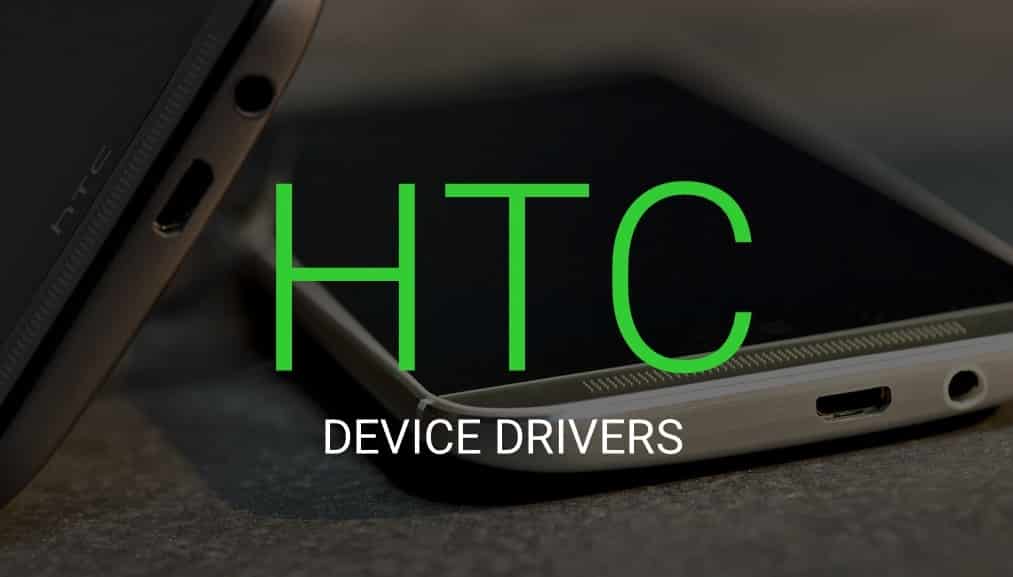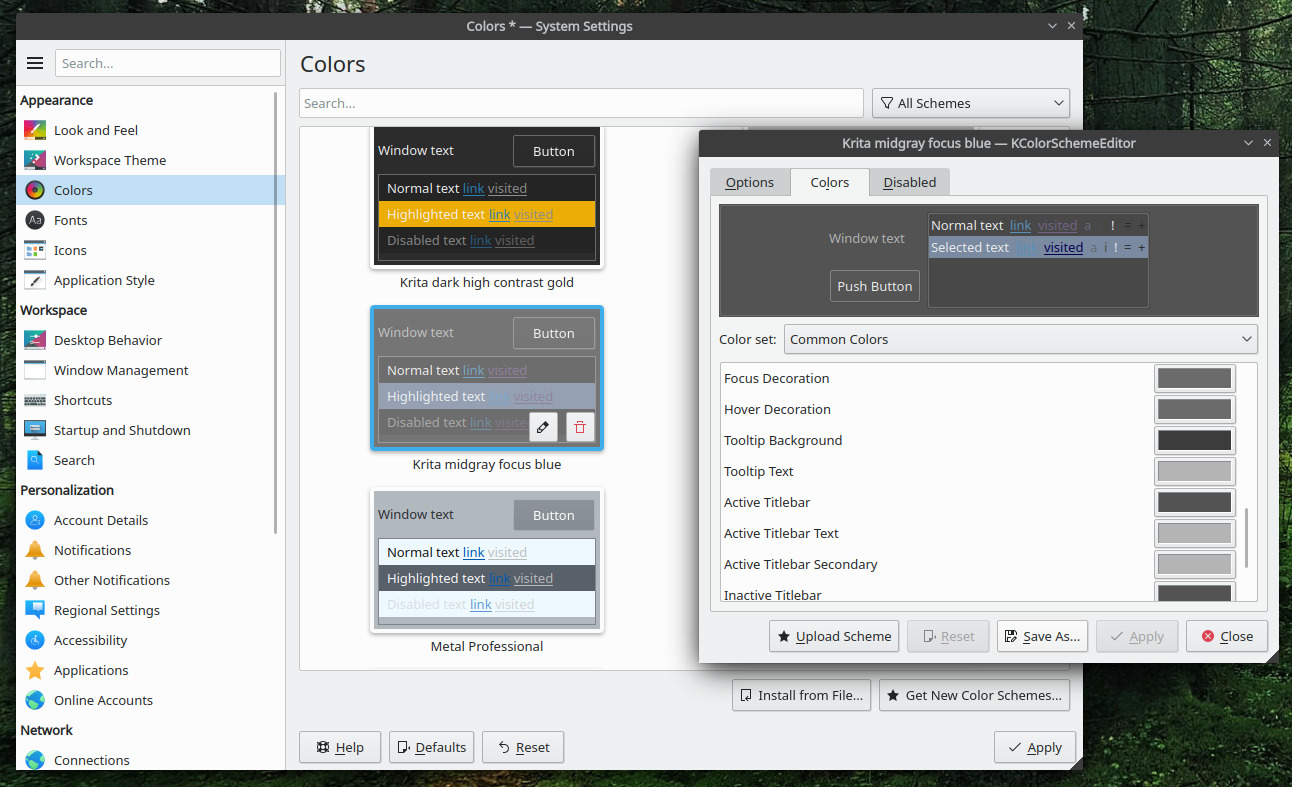- Digital Art System - Sunlite Usb Devices Driver Windows 7
- Digital Art System - Sunlite Usb Devices Driver Updater
- Digital Art System - Sunlite USB Devices Driver
The USB audio device I will be using with my Raspberry Pi is a generic one I found on Amazon, costing just $2. It’s called, quite vaguely, the 7.1 Channel USB External Sound Card Audio Adapter. The reason for using this particular USB audio device are as follows: I've previously used this USB audio device with both Mac and PC. Select Drivers & Downloads to the right of the image of your model. Select the Drivers, Software or Firmware tab depending on what you want to download. Software is used in the example below. Choose the Select button to the right of the software or driver file you wish to download.
The USB microphone SHOULD be an easy, plug and play recording solution. Unfortunately, as many of you have discovered, there can be significant problems setting up a USB microphone on Windows 10. In particular, many people report very low recording volumes with USB microphones. However, this issue can easily be solved.
When you first plug a USB mic into a Windows PC, it is possible the recording level will default to very low. In the video below, you can see how to adjust the settings. Although this video is aimed at people who want to record 2 USB mics at the same time, the settings are the same either way

[This content may contain affiliate links. For more information, read our disclosure policy here.]

If you are having problems with your USB microphone and Windows then there are a few things you could try to solve this.
- Try re-installing the generic drivers. This article on the Microsoft site will guide you through some troubleshooting tips.
- The next thing to try is to install and set up ASIO4All drivers. These are drivers designed to run any audio equipment which doesn’t have its own dedicated drivers.
- (More advanced…) If Windows 10 still doesn’t seem to play nice, then another option is to install two separate pieces of software which should solve your problem, or considerably improve it at least. Install the Equalizer APO which is a parametric / graphic equalizer for Windows. Then you will also need to install the Peace equalizer which is a Windows PC interface for Equalizer APO
- Finally, another solution is to be very choosy which USB microphone you buy in the first place if you have Windows 10. Buy one that has its own drivers. That way, you circumvent the dreaded built-in Windows 10 drivers which cause the problem of very low recording volumes on USB Microphones. For example the Blue Yeti PRO (nb NOT the standard Blue Yeti Microphone) is an exceptionally high quality USB microphone and it does have its own dedicated Windows drivers. So you will not have any problem with this particular microphone. You can read more, listen to, and watch a video review of the Blue Yeti Pro here.

Digital Art System - Sunlite Usb Devices Driver Windows 7

Digital Art System - Sunlite Usb Devices Driver Updater
Once you have the mic set up, then the easiest way to start recording is to download and install Audacity– it is totally FREE and so simple to use. You can record and mix multiple tracks, apply effects etc, and the site has lots of tutorials on how to use it.
Digital Art System - Sunlite USB Devices Driver
Oh, and our other most frequently asked question about USB mics, which often come with a little desktop stand. “The thread on the mic does not fit the stand”. Yes it does – but you have to get out a coin and unscrew the inner thread, as it is sized for two standard stand fittings! It’s kind of obvious once you know …. but can waste a lot of time when you are eager to get started.
